Genus Brenthis Rank Species | ||
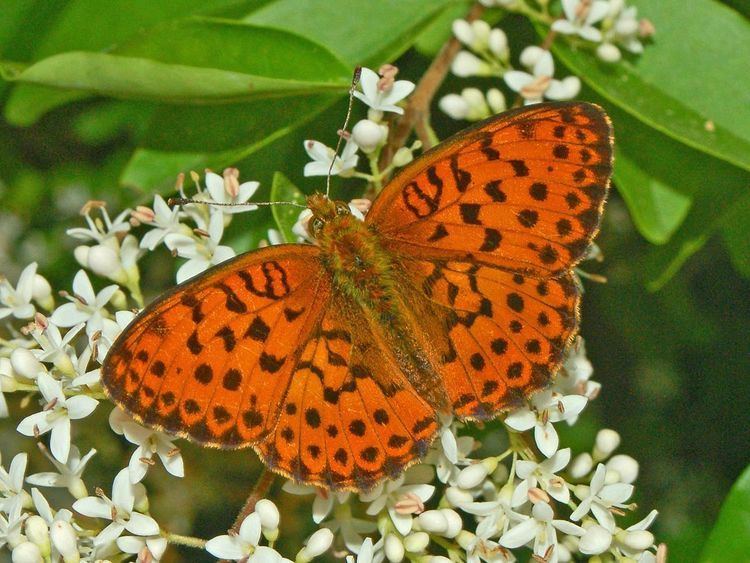 | ||
Similar Brenthis, Brenthis ino, Boloria dia, Melitaea didyma, False‑heath fritillary | ||
Brenthis daphne
Brenthis daphne
Subspecies
Subspecies include:
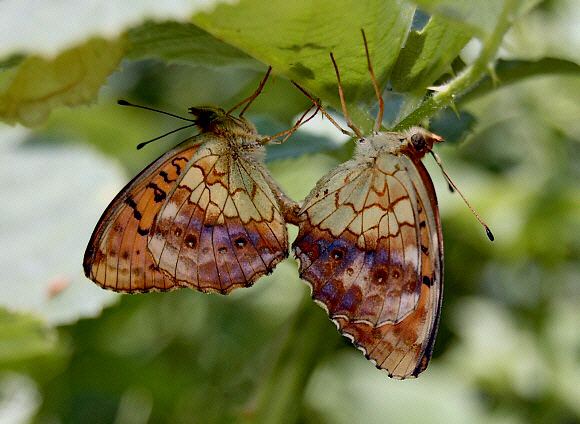
Distribution and habitat
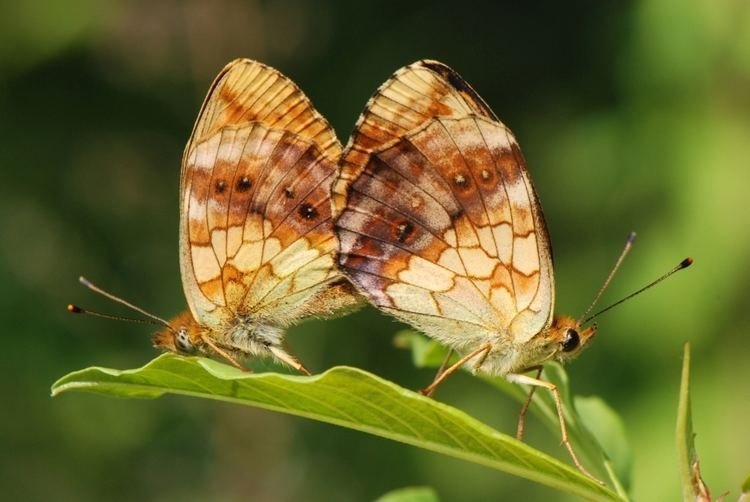
This widespread species is present in the Palearctic ecozone from the southern parts of the continental Europe (northern Spain, southern France, Germany, Italy and eastwards to Slovakia and Greece), up to Caucasus, western Siberia, Korea and Japan. It prefers warm and sunny forest edges, woodland and bushy areas where the host plants grow, at an elevation of 75–1,750 metres (246–5,741 ft) above sea level.
Description
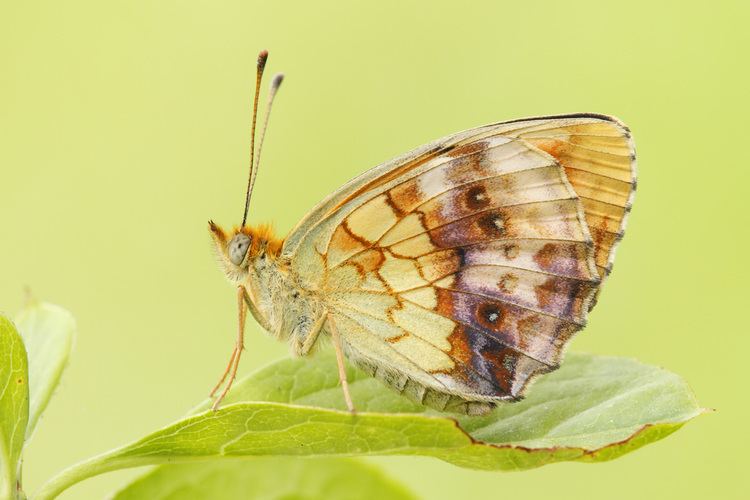
Brenthis daphne has a wingspan of 30–44 millimetres (1.2–1.7 in). Wings are rather rounded, the basic color of the upperside of the forewings is bright orange, with an incomplete black marginal band. The underside of the hindwings have a yellowish postdiscal band and the marginal area is completely suffused with purple, with a marble effect (hence the common name). The quadrangular patch on the underside hindwing is partially shaded orange pink to outer side. The chrysalis has two dorsal rows of thorns with bright spots and a bright metallic shine.

This species is very similar to the lesser marbled fritillary (Brenthis ino), but the latter is slightly smaller and the coloration of said patch is completely yellow.
Biology
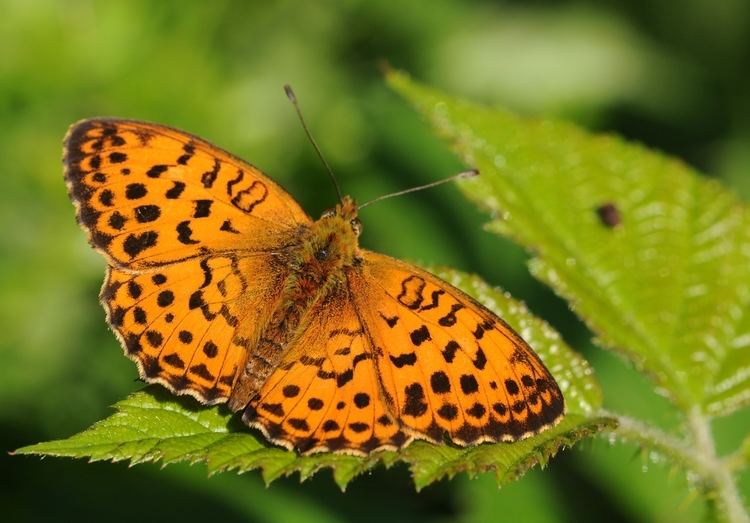
The butterfly flies from late May to early August depending on the location. The eggs are laid separately in July on the leaves of the host plants. The larvae feed on brambles (Rubus fruticosus), raspberry (Rubus idaeus), Rubus caesius, Rubus sachalinensis, Sanguisorba officinalis and Filipendula species, while adults usually feed on nectar from brambles, thistles and other flowers. This species is univoltine. It overwinters at the caterpillar stage in the egg shell.

